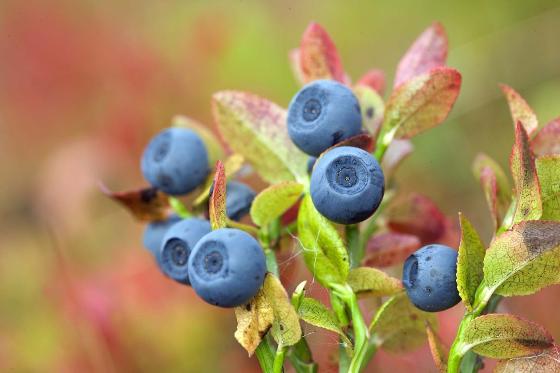Wild berries

Wild berries are a characteristic part of the Northern nature and they are also recognized as good sources of health beneficial secondary metabolites, especially anthocyanin pigments and other flavonoid compounds. In Nordic countries, bilberry (Vaccinium myrtillus L.), lingonberry (Vaccinium vitis-idaea L.) and cloudberry (Rubus chamaemorus L.) are the most common and the economically most important wild berries. Both genetic and environmental factors affect the final composition of the secondary compounds in ripening berries. The research on wild berries focuses on characterizing the role of environmental factors on regulatory processes of biosynthesis of these compounds during fruit development and ripening, especially in Vaccinium and Fragaria (woodland strawberry) berries. Special interest is in deepening understanding on the effect of temperature and the light conditions on the quality of berries. Our studies have shown that the northern growth conditions increase the biosynthesis of some value compounds, such as anthocyanins in berries. We have also shown that genetic adaption to the original growth place affects the production of these compounds. Unravelling these mechanisms brings important information for the adaptation of plants to ongoing climate change and potential tools for the future breeding programs.